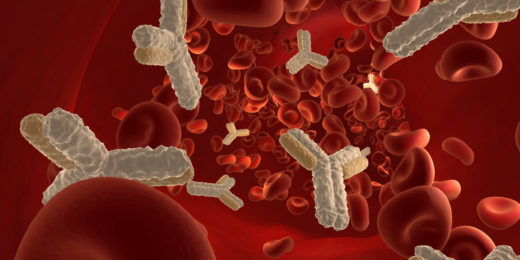The fifth post in the Understanding UTI series outlines the different types of medications for UTIs, including antibiotics and drugs for pain relief.
Popular
Screen time: The good, the healthy and the mind-numbing
Researchers at Stanford Medicine are exploring the impact of screen time and how to create solutions that support health.
Dick Cheney on his heart transplant: “It’s the gift of life itself”
Dick Cheney has lived with chronic heart disease for virtually all of his adult life. At 37, as a young man running for the U.S. …
Cancer-detecting wearable may offer better way to monitor tumors
Researchers from Stanford have developed a wearable sensor to monitor the size of tumors, which could assist new cancer drug evaluations.
Large language models in the clinic: AI enters the physician-patient mix
Stanford Medicine doctors and researchers are modifying existing chatbots to perform well in a frontier of AI-enhanced medicine: the doctor-patient interaction.
Study: Expiration dates have nothing to do with shelf life of drugs
I'm one of those people who regularly goes through the medicine cabinet looking for expired medications to toss out. But a new study published in …
Stanford study: Not all dog bites should be treated with antibiotics
Just before the holidays, my husband whisked me off to urgent care because I received some nasty dog bites on both my hands. The incident …
Busting myths about urinary tract infections | Understanding UTIs, Part 3
The third part in the Understanding UTIs series debunks seven myths about urinary tract infections and provides references for reliable health information.
Why many stage 3 colorectal cancer patients skip chemo
As risk factors such as no health insurance and low income accumulate, colorectal cancer patients are less likely to finish chemotherapy.
mRNA vaccine spike protein differs from viral version
Scientists explain a key difference between the spike-protein molecules generated by the SARS-CoV-2 mRNA vaccine and those the virus induces.
How the death of his wife drives data scientist to improve the system
In his grief over losing his wife, Amir Bahmani realized how much data science could impact medicine and potentially save lives.
For those with an alcohol problem, are non-alcoholic beverages a wise choice?
Q&A with a Stanford addiction specialist on whether non-alcoholic beverages are helpful or harmful for those with alcohol use disorders
Bone marrow transplants may be possible without toxic pre-treatment, new research suggests
Antibody-based hematopoietic stem cell transplants may transform the treatment of patients with blood and immune diseases including cancers.
Brainwide spread of seizures linked to specific cell type, new study shows
New Stanford Medicine research shows that a type of nerve cell called mossy cells play a key role in seizures in temporal lobe epilepsy.
The science of willpower
Contrary to popular belief, willpower is not an innate trait that you're either born with or without. Stanford health psychologist Kelly McGonigal explains more in this piece.
Why establishing a health baseline is a ‘critical starting point for achieving future health goals’
Raise your hand if you want to be more successful at achieving health goals, such as losing weight or lowering your cholesterol levels, and maintaining …

















